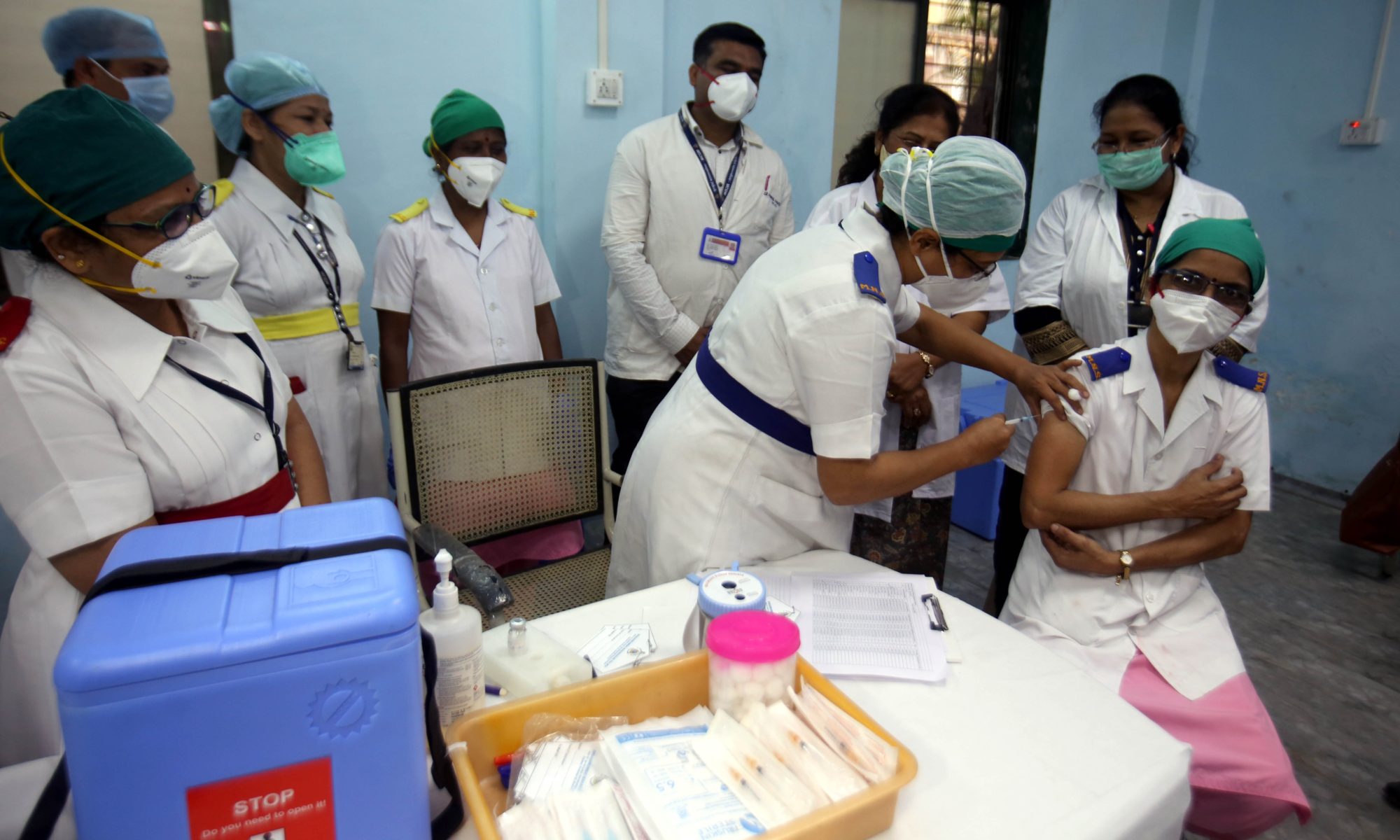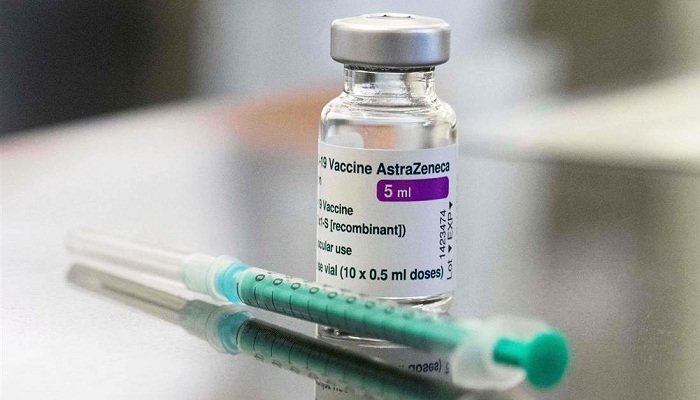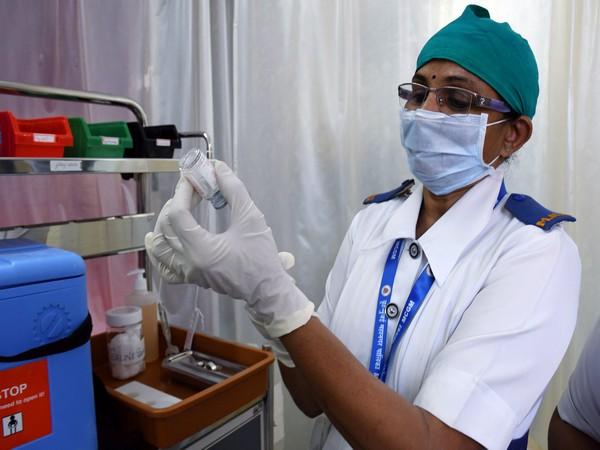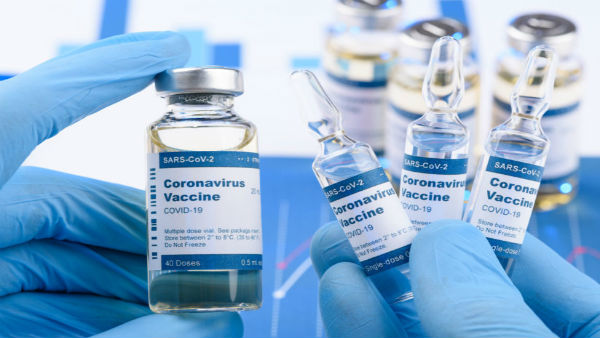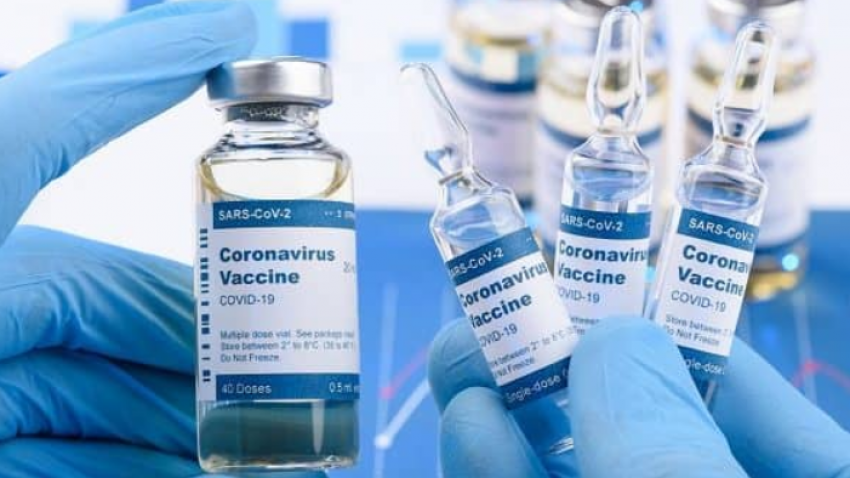Mass immunization programmes against Covid-19 in China and India will likely stretch until late 2022 because of the sheer size of the populations, a new study has said, adding that over 85 poor countries will only have limited access to vaccines before 2023.
The unusually rapid development of vaccines against the coronavirus had raised hopes for the pandemic to come to an end but limited production capacities, unequal distribution networks, and massive demand for the shots are now sowing seeds of doubt. The WHO has pointed out that bilateral deals between rich countries and pharma companies are also a concern. The new study by the Economist Intelligence Unit says that while production represents the main hurdle, “vaccine diplomacy will play a big role to determine which developing countries get access to shots in the coming months.”
“Most developing countries will not have widespread access to the shots before 2023 at the earliest”, Agathe Demarais, director of the Economist Intelligence Unit (EIU), the research division of the Economist Group, said in its study.
Also See: New mutants of coronavirus
China and India, the study added, represent special cases. Both countries have developed their own shots and are pressing ahead with rollout plans, “but the sheer size of their population means that mass immunization programmes will stretch until late 2022, in line with the expected timeline for most middle-income countries,” the EIU study said. Countries at the front of the queue including the UK, the US, and most European Union nations are expected to have immunized their priority groups by end of March, with other wealthy countries catching up by June-end.
The study added, “We, therefore, expect that global economic prospects will brighten from mid-2021, with the global economic rebound gaining speed in the third and fourth quarters. However, life will not be back to normal by then, as immunization programmes for the bulk of the population will continue until mid-2022.”
In an earlier report, the EIU had said that vaccine diplomacy will play a big role in determining which developing countries get access to a vaccine in the coming months, with Russia and China using the rollout of their own coronavirus shots to advance their interests.
“The Economist Intelligence Unit believes that the bulk of the adult population in advanced economies will have been vaccinated by mid-2022. For middle-income countries, this timeline will stretch to late 2022 or early 2023. For poorer economies, mass immunization will take until 2024, if it happens at all,” the earlier report said.
China has administered a total of 22.77 million doses of Covid-19 vaccines by Tuesday, the National Health Commission said on Wednesday. The world’s most populous nation, with more than 1.4 billion people, has widened its targeted inoculation scheme since mid-December to include more priority groups facing a higher risk of virus exposure, in a bid to prevent any outbreaks in winter and spring. “Overall, the work is progressing in a smooth and orderly manner,” Zeng Yixin, vice director of the national health commission, told a news conference on Wednesday. China aims to vaccinate 50 million people before the Lunar New Year in February, state-backed tabloid Global Times said this month. “The nationwide vaccine scheme now prioritizes essential groups such as workers in medical, transport and food services, employees and students going abroad. The elderly and others will have to wait,” Reuters news agency said in a report.
(Source: Economist Intelligence Unit, Reuters, HT)


